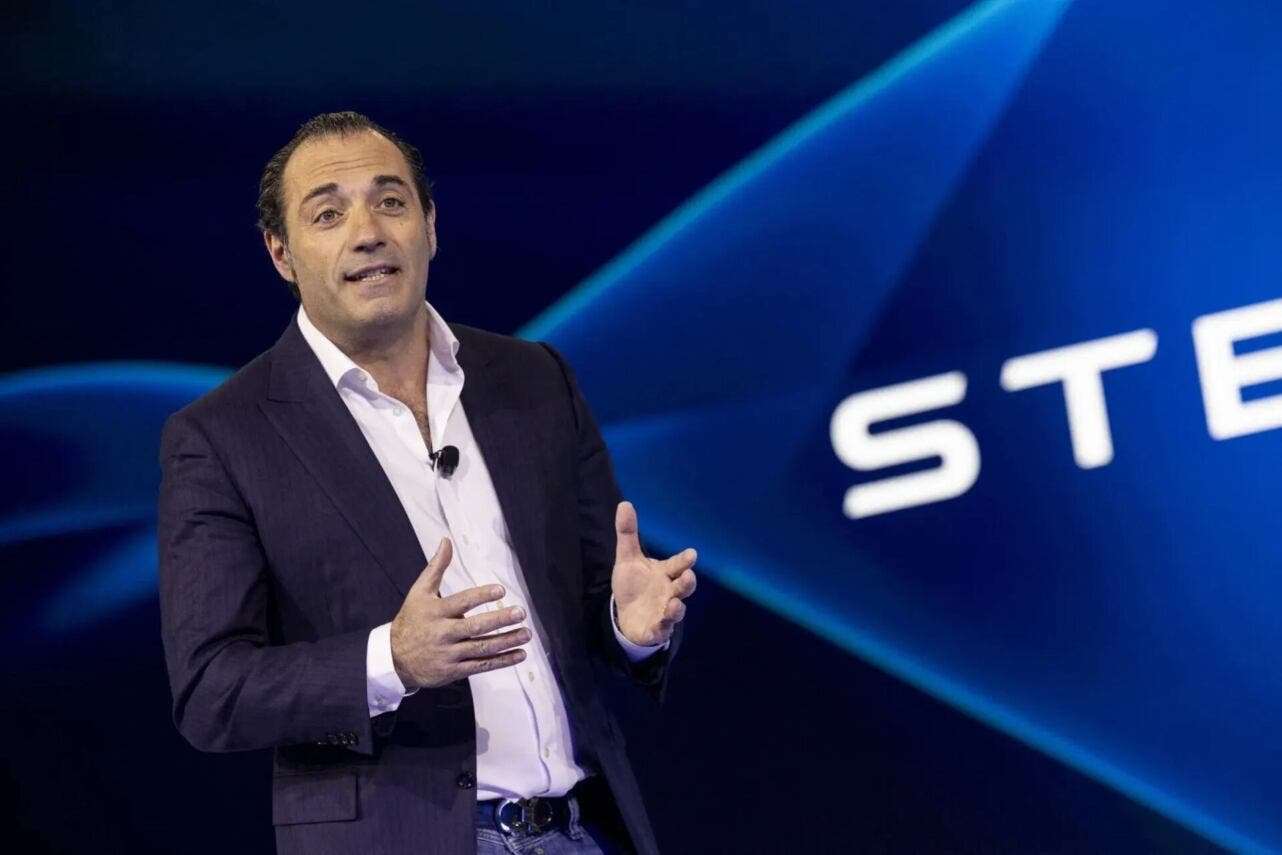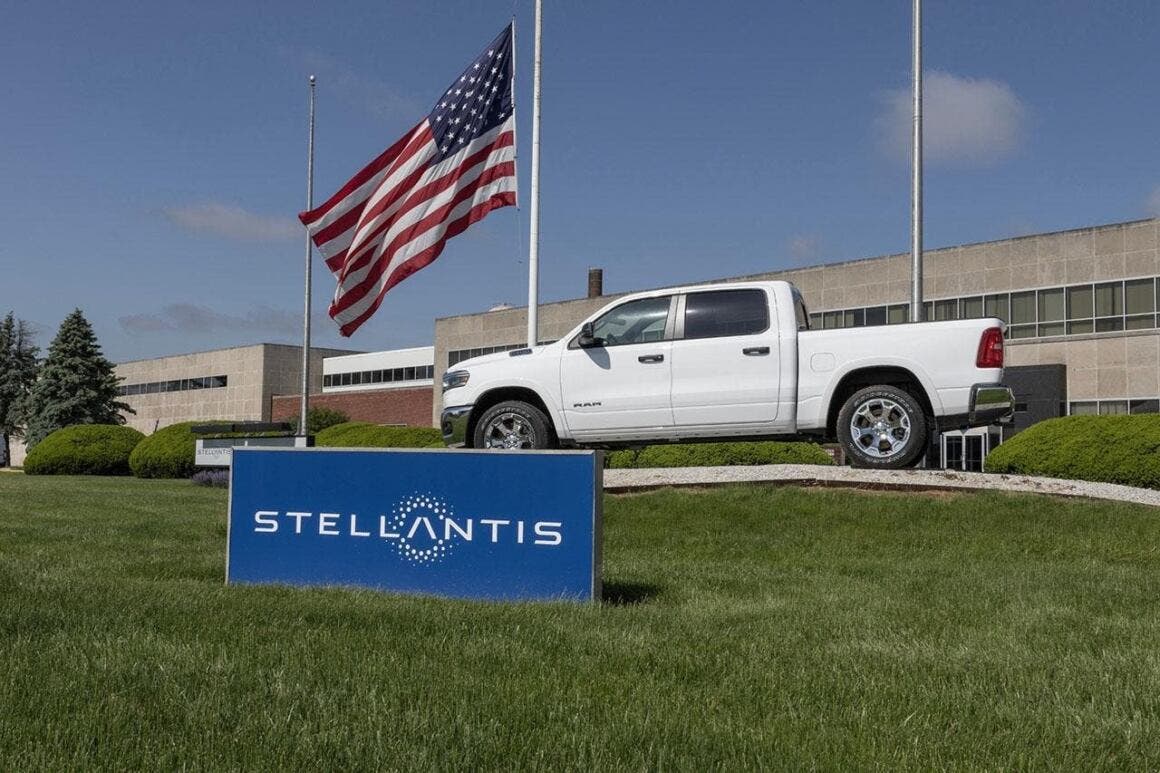Stellantis CEO Antonio Filosa stated that the “final scenario” surrounding U.S. tariffs is becoming clearer and that the automaker will soon adopt concrete measures to tackle the situation.
Stellantis CEO Filosa: U.S. tariff “endgame” taking shape, group prepares countermeasures

Stellantis, with major production sites not only in the United States but also in Mexico and Canada, is engaged in constructive talks with President Donald Trump’s administration to define the most effective strategies. According to Filosa, while the tariff framework is not yet fully defined, the direction is now clear and Stellantis is ready to respond decisively. The company’s strong production base in the U.S. allows it to absorb potential industrial reallocations without disrupting operations.
In 2023, more than 40% of the 1.2 million vehicles sold by Stellantis in the U.S. came from plants in Mexico and Canada, both subject to a 25% tariff. Last July, the group warned that the impact of these tariffs could amount to €1.5 billion (around $1.8 billion). Despite this, Stellantis reassured customers and investors by announcing new product launches aimed at strengthening its lineup.

Filosa’s appointment as CEO last June marked a turning point. His latest remarks had an immediate impact on the markets: Stellantis shares in Milan closed up 9.2%. The new chief executive made it clear that revenue growth, driven by the return of high-demand models such as the Jeep Cherokee and V8-powered RAM pickups, will be crucial to the group’s recovery.
The company has restored vehicle inventories to what it considers “very healthy” levels, phasing out older models and focusing on a refreshed, competitive lineup. Stellantis’ new business plan, to be unveiled in the first half of next year, aims to reverse the company’s cash flow decline after losses of more than €9 billion between 2024 and the first half of 2025.
